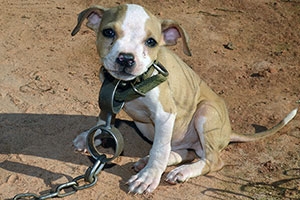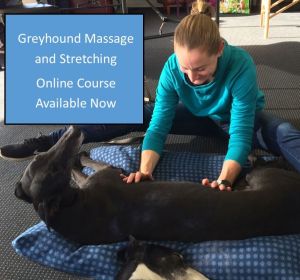I like crate training, particularly because it helps ‘future proof’ your dog.
If your dog needs surgery or rest from an injury at any time, having them used to comfortably resting in a crate saves a lot of time and stress (for both dog and owner).
If you need to travel with your dog, whether for a holiday or for relocating, crate training helps you manage your dog’s comfort as well as your own (e.g. limits the risks of accidents in hotel rooms that will charge you an additional cleaning fee).

Izzy, mostly in her crate, but enjoying a summer breeze coming from the back door. Izzy’s crate is her safe place (the way it should be)
Crate training can be particularly useful for re-homed dogs because dogs will seek out a place that is safe (den-like if you are thinking of wolves). Giving a re-homed dog a place they can retire to – and not be bothered – is useful for getting them accustomed to life in a domestic home. It’s also a useful boundary for children to learn. If the dog is in its crate, then leave it alone.
Unfortunately, over the last 10 or so years, as crate training became more normalised as a concept, it also has been abused. Owners who are not consistent with their training or not taking the time to truly get their new puppy or dog settled in their home (taking on a dog is a lifetime responsibility, but initially you have to put in the time to get your dog set up for success for life), have begun using crates as a cage. A place to go when the owners are out at work (all day, in most cases) or when the dog has mis-behaved and the owner has had enough.
That’s the wrong use of a crate. There were even stories of dogs locked in their crates during the Christchurch earthquake of 2011 – the dogs were up to their necks in liquefaction by the time they were saved. That’s not a heartening story if you ask me. That’s a story of an irresponsible dog owner.
There are many resources to help owners learn crate training. The Humane Society of the United States, for example, has this useful video:
Kathleen Crisley, specialist in dog massage, rehabilitation and nutrition/food therapy, The Balanced Dog, Christchurch, New Zealand








